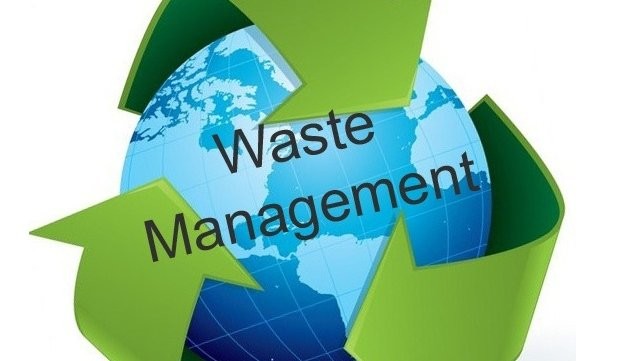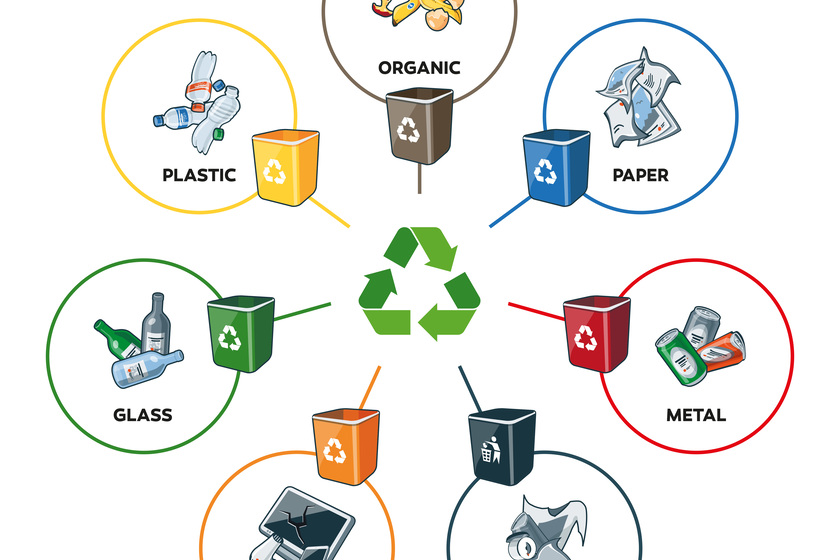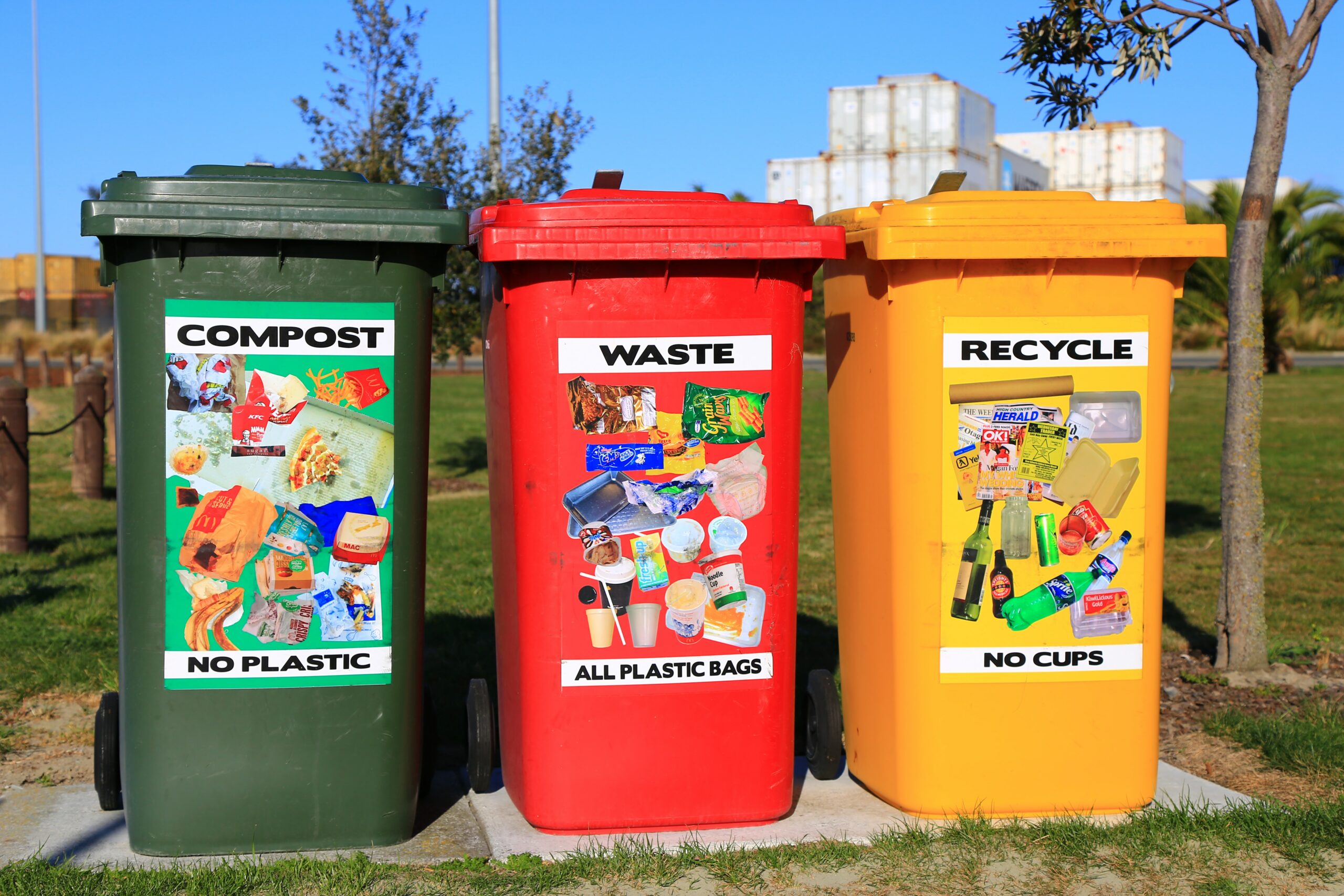Recycling Lives Services: Changing Waste right into Valuable Resources
Recycling Lives Services: Changing Waste right into Valuable Resources
Blog Article
Checking Out Different Kinds Of Waste in Modern Waste Monitoring Systems
The modern landscape of waste administration includes navigating a complicated selection of waste types, each calling for specialized handling and disposal techniques to alleviate ecological influences. Municipal strong waste, contaminated materials, digital waste, and organic waste each existing distinct obstacles and opportunities for source recuperation. Cutting-edge solutions such as smart waste bins and waste-to-energy innovations are arising as important tools in boosting performance and sustainability. Understanding these waste types is necessary for fostering public recognition and motivating energetic engagement in sustainable practices. What techniques can efficiently attend to these different kinds of waste while promoting a circular economic climate?
Local Solid Waste
Metropolitan strong waste, often referred to as family trash or waste, includes a range of thrown out materials generated by residential, industrial, and institutional resources within a community. This waste stream generally consists of products such as packaging, food scraps, yard trimmings, paper, plastics, fabrics, and disposed of household items. The management of municipal strong waste is an important component of city planning and public wellness, requiring efficient collection, transportation, and disposal systems.
Effective waste administration systems are developed to decrease environmental effect while maximizing source recovery. This frequently entails a combination of strategies including landfilling, recycling, and composting. Recycling programs target products like paper, glass, metals, and particular plastics, diverting them from landfills and reintroducing them into the production cycle. Composting natural waste, such as food scraps and lawn trimmings, not just lowers garbage dump usage yet also creates beneficial dirt modifications.
Districts must additionally deal with the financial and logistical obstacles connected with waste management. Carrying out pay-as-you-throw systems, boosting public recognition, and buying technology can dramatically enhance waste diversion rates. By incorporating these methods, municipalities can cultivate lasting neighborhoods, lower greenhouse gas discharges, and preserve natural deposits.
Hazardous Waste

Efficient hazardous waste monitoring includes numerous vital actions: identification, therapy, disposal, and partition. Partition guarantees that hazardous materials are stored separately from non-hazardous waste to protect against cross-contamination.
Regulatory frameworks, such as the Resource Conservation and Healing Act (RCRA) in the USA, supply guidelines and criteria for hazardous waste monitoring. Adherence to these regulations, combined with advancements in waste treatment innovations, is vital in mitigating the risks connected with contaminated materials.
Digital Waste
Electronic waste, typically described as e-waste, represents a quickly growing challenge in waste monitoring systems worldwide. This kind of waste includes thrown out digital gadgets and equipment such as smart devices, computer systems, tvs, and various other electronic home appliances. The quick pace of technical advancement, coupled with lowering product lifespans and consumer need for the most up to date devices, has actually tremendously enhanced the volume of e-waste produced annually.
E-waste is specifically bothersome as a result of its complex composition, frequently having harmful materials like mercury, cadmium, and lead, which posture significant ecological and health and wellness threats if not properly handled. Alternatively, e-waste likewise includes beneficial materials such as silver, copper, and gold, which can be recuperated and reused. The dual nature of e-waste-- both beneficial and harmful-- requires specific handling, recycling, and disposal procedures.
Effective e-waste monitoring entails stringent regulatory structures, robust collection systems, and progressed reusing innovations. Public recognition and participation are important, as improper disposal practices, such as illegal unloading and casual recycling, aggravate environmental contamination and health and wellness threats. Consequently, enhancing e-waste management practices is crucial for minimizing ecological impact and recouping valuable sources in a progressively digital world.

Organic Waste
Organic waste, look at this now comprising cooking area scraps, lawn trimmings, and farming residues, stands for a substantial portion of the global waste stream. This kind of waste is eco-friendly, indicating it can be broken down by microorganisms right into easier organic compounds. In spite of its capacity for all-natural decomposition, improper administration of natural waste can result in damaging ecological impacts, consisting of the emission of greenhouse gases such as methane, which add to environment change.
Reliable management of natural waste is important for decreasing these environmental impacts (recycling lives services). Composting is an extensively adopted method, transforming organic waste into nutrient-rich garden compost that can boost soil health and wellness and agricultural performance. Furthermore, anaerobic food digestion is an emerging innovation that transforms organic waste into biogas, a sustainable power resource, and digestate, which can be used as fertilizer
Municipalities and waste management entities should execute durable organic waste collection and treatment programs to make best use of the like this benefits of these procedures. Public education campaigns can additionally play a critical role in motivating households and companies to separate organic waste from various other sorts of waste. By prioritizing the management of natural waste, cultures can decrease land fill usage, lower greenhouse gas discharges, and produce important results for agricultural use.

Ingenious Waste Monitoring
In the realm of waste administration, cutting-edge methodologies are transforming exactly how societies handle their refuse, going for sustainability and effectiveness. These improvements encompass a range of modern technologies and practices that improve reusing rates, lower landfill reliance, and lower environmental effect. One prominent innovation is the execution of smart waste bins equipped with sensing units that monitor fill degrees and enhance collection paths. This not just lowers fuel intake however likewise lessens greenhouse gas discharges.
Another remarkable growth is the adoption of waste-to-energy (WtE) innovations. By transforming non-recyclable waste into functional energy with procedures such as incineration and anaerobic digestion, WtE minimizes garbage dump burden and gives an eco-friendly power source. Developments in chemical recycling enable for the failure of complicated plastics into their original monomers, allowing the creation of new, premium plastic items.
Moreover, the circular economy design is acquiring grip, emphasizing the design of items and systems that focus on reusability and resource efficiency. This holistic read review strategy urges industries to decrease waste generation from the outset. With these ingenious techniques, modern waste monitoring systems are not only resolving the immediate challenges of waste disposal however also leading the method for an extra lasting future.
Conclusion
A thorough understanding of community solid waste, hazardous waste, digital waste, and natural waste, paired with the implementation of cutting-edge waste management remedies, is essential for reducing ecological effects. Incorporating innovations such as wise waste containers and waste-to-energy systems can improve performance and sustainability. Efficient waste management methods not only foster source recuperation but also advertise public awareness and participation, inevitably contributing to the growth of a round economy.
The contemporary landscape of waste monitoring entails browsing an intricate selection of waste kinds, each calling for specialized handling and disposal methods to minimize ecological effects. Community strong waste, unsafe waste, digital waste, and organic waste each existing distinctive obstacles and possibilities for resource recovery.Electronic waste, generally referred to as e-waste, stands for a rapidly expanding obstacle in waste management systems around the world. Through these ingenious methods, modern waste administration systems are not only addressing the prompt difficulties of waste disposal but additionally leading the way for an extra sustainable future.
A comprehensive understanding of community strong waste, unsafe waste, electronic waste, and organic waste, paired with the application of ingenious waste administration options, is crucial for reducing ecological influences. (recycling lives services)
Report this page